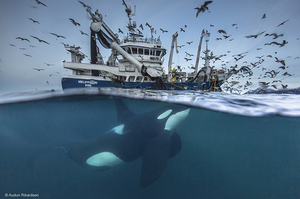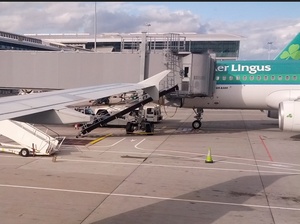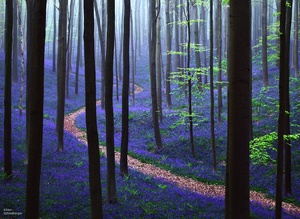Finallists from this years Wildlife Photographer of The Year competition at London’s Natonal History Museum.
Above: An urban fox in Bristol by Sam Hobson; swarms of mayflies on Hungary’s River Rába by Imre Potyó; a hornbill flicking insects into the air by Willem Kruger and a large male killer whale feeding on herring in the Arctic Norwegian waters by Auden Rikardsen.
MORE: boredpanda
Sponsored Link









Love the fox.
i want to boop the snoot, as they say on imgur
BOOP DAT SNOOT!
In my head, that translates as sexually molest.
Is that what you’re saying?
I’m not fluent in imgur. In fact, I’m not 100% sure what it is.
There’s a gameshow in that
Foxes are A++++++++++++++++
…I lived in Bristol…it has to be the fox capital of the world…
Can confirm. I was in Bristol for a whole 5 minutes before I saw one.
how do they know that whale is a male
wahey, tis better I’m getting…………
I go to this every year. Love it.
I see a few ‘spoilers’ like this every year but I never look at the website.
I’d guess the fox is in the young persons competition.